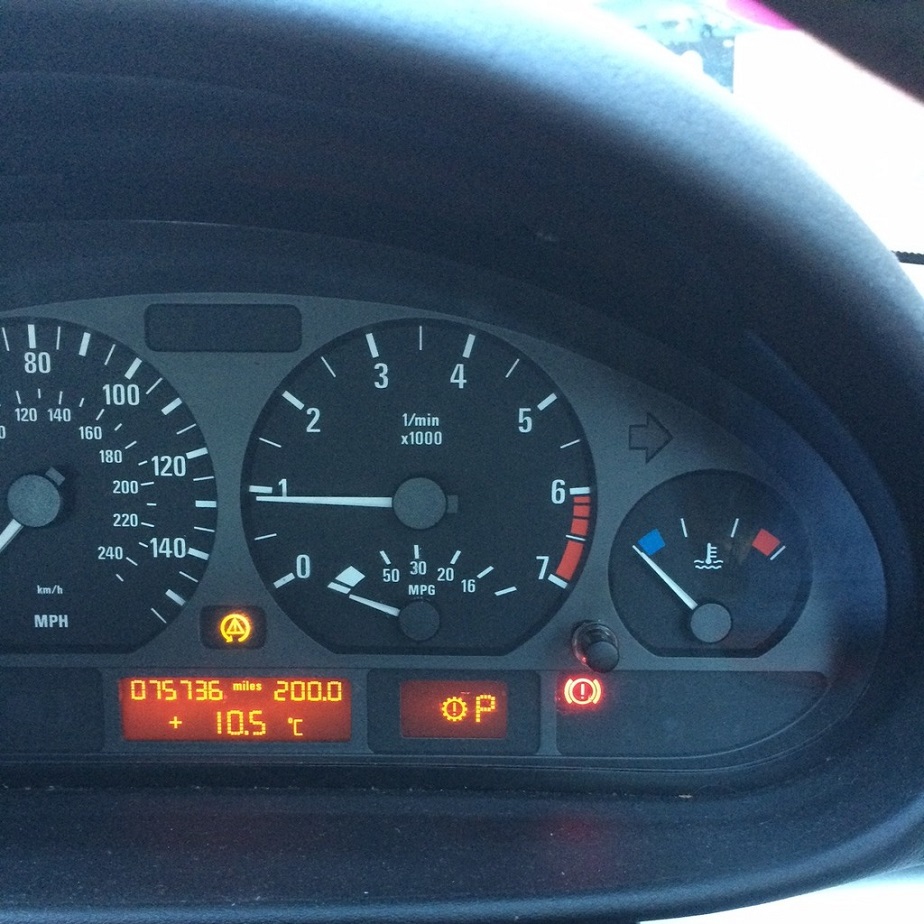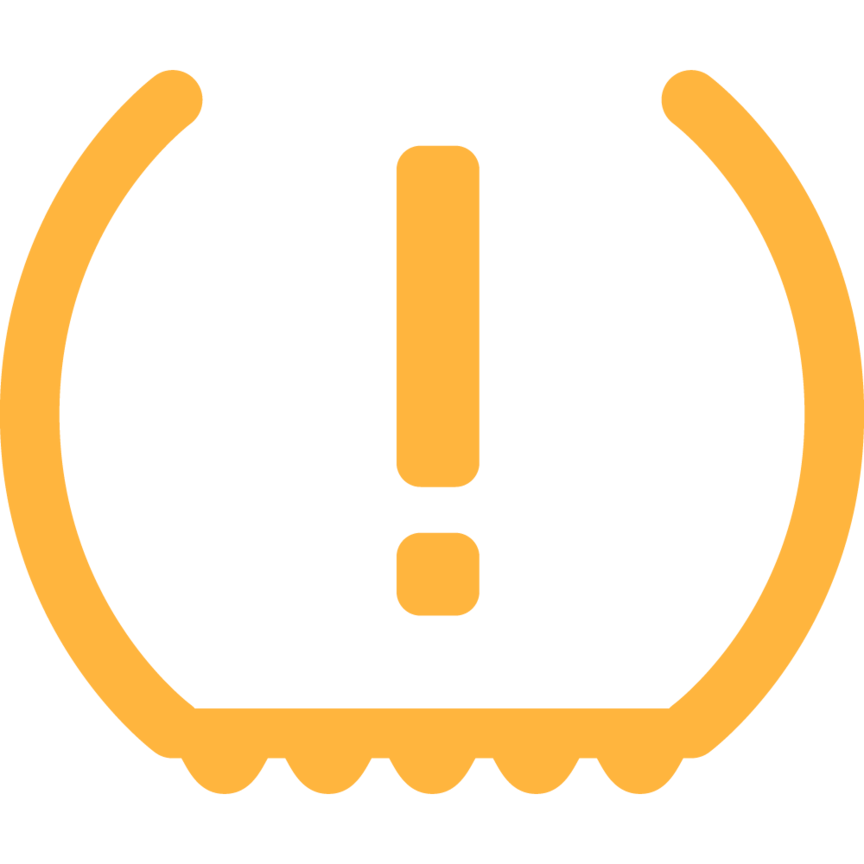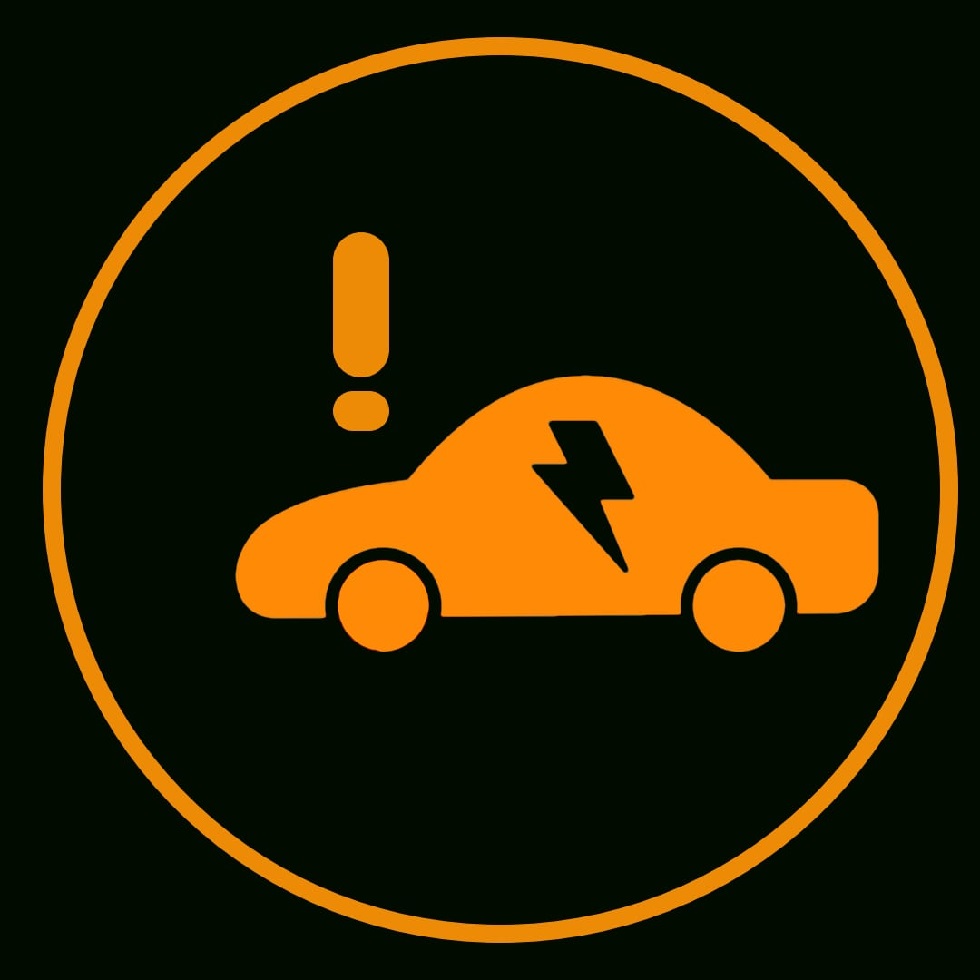Introduction to Dashboard Warning Lights
Car dashboards are now packed with lights that can signal the car’s status. Understanding what these lights mean helps drivers respond correctly to various vehicle conditions. In this section, we introduce common dashboard warning lights like exclamation point light and their significance. The colors of these warning lights, much like a traffic signal, provide quick insight into urgency and action required.
- Red lights imply immediate attention is needed. They suggest serious issues that could risk safety.
- Orange or amber lights advise caution and prompt drivers to take action soon.
- Green lights confirm all systems are operational or in use.
Recognizing these lights and their meanings can prevent potential damage to your car and ensure road safety. The next few sections will delve deeper into specific warning lights including the exclamation point light, which often relates to brakes, engine management, airbags, and power steering issues.
Understanding the Exclamation Point Light
The exclamation point light in your car is a general alert symbol. It can shine in various colors, often red or yellow, and each indicates a different level of car attention needed. This light can cover several critical systems. We’ll look at four key areas it’s associated with.
The Role of the Brake Warning Light
The brake warning light is serious and demands immediate attention. It could mean the brake fluid is low or there’s a problem in the braking system. Always check the handbrake first; if it’s not engaged, get professional help quickly.
Indications of the Engine Management Light
This light may look like an engine or simply say ‘Check Engine’. It talks about issues that could be minor or major. If this light turns on, you should take your car to a mechanic soon to prevent bigger problems.
Importance of the Airbag Warning Light
The airbag warning light means there’s something wrong with the airbag system. If this light is on, your safety in a crash could be at risk. Don’t delay; have a professional check it out as soon as possible.
The Power Steering Warning Light Explained
A steering wheel icon or the letters ‘EPS’ or ‘EPAS’ can signal a problem with power steering. Difficulty turning the wheel is a sign to stop and investigate. Power steering issues can make the car harder to control, so act promptly.
Critical Warning Lights and Safe Driving Practices
Driving safely means knowing what the lights on your car’s dashboard are telling you. Ignoring critical warning lights can lead to serious car issues and safety risks. Let’s explore some lights that demand your immediate attention.
Engine Temperature and Overheating
When an engine overheats, the temperature warning light comes on. It’s usually a thermometer symbol or says ‘TEMP’. Stop driving if you see this light. An overheating engine can cause major damage. It’s often red, screaming urgent action to prevent harm.
Low Coolant Levels and Potential Risks
A light that looks like a floating gauge signals low coolant levels. Low coolant can lead to overheating, so do not ignore this. Add coolant as necessary and get the system checked for leaks as soon as possible.
The Implications of Oil Warning Lights
An oil can symbol indicates low oil pressure or level. This is critical; your engine needs oil to run smoothly. Check the oil immediately if this light appears, and if needed, top it up. Driving with low oil can destroy the engine.
Tire Pressure and the Associated Warning Light
A circle with exclamation point inside indicates tire issues. It means one or more tires are underinflated, which can be dangerous. Check your tire pressure and inflate the tires to the proper level to avoid blowouts on the road.
Electrical and Mechanical Warning Lights
Your car’s dashboard is like a communication hub that alerts you of electrical and mechanical issues. It’s key to pay close attention to these. Below we discuss some crucial warning lights linked to your car’s electrical and mechanical systems. Understanding them can avoid bigger problems down the line.
The Significance of the Battery Warning Light
When this light turns on, it’s a big deal. This often means the battery is failing to charge. It could be a sign of a bad alternator, poor connections, or an old battery. If you see it, get your car checked without delay. To keep going without addressing the battery light could lead to a breakdown.
Insights on Anti-lock Brake System (ABS) Light
This light stands for your Anti-lock Brake System. If lit up, there’s a fault in the system. Despite this fault, your brakes should work. However, the added safety of ABS might be compromised. It’s wise to get it looked at right away. Keep a safe distance from other cars until then.
Electronic Stability Control (ESC) Issues
The ESC light is about your car’s stability on the road. If you see this light and didn’t turn off the system, an error has occurred. It’s important for maintaining traction. A steady light means to get this checked soon. While it’s safe to drive, you’ll want the ESC fully functional, especially for sharp turns or slippery conditions.
Brake Pad Wear Warning Light
Thinning brake pads trigger this light. This means it’s time to replace the brake pads. Don’t wait; worn pads reduce your car’s stopping power. It’s best to sort this out quickly. Delaying could put you at risk and lead to more expensive repairs.
The Importance of Timely Action
Acting quickly when a dashboard warning light illuminates is crucial. Each light represents a different issue that could range from minor to severe. By understanding what these lights indicate and responding promptly, you can prevent minor problems from escalating into more serious ones that may compromise your vehicle’s safety and performance.
Consequences of Ignoring Warning Lights
Ignoring dashboard warning lights can lead to significant problems. Neglect can result in safety hazards, such as brake failure or airbag malfunction. Additionally, small issues can grow into larger, expensive repairs if not addressed. For example, a flashing oil light could indicate low oil pressure, which, left unchecked, may cause engine damage.
The Financial and Safety Benefits of Prompt Attention
Addressing exclamation point light in a car immediately offers financial and safety benefits. Fixing issues early often means lower repair costs and longer vehicle life. Safety-wise, responsive action ensures all systems function correctly, minimizing the risk of accidents. Additionally, timely maintenance can preserve your car’s value and performance.
Additional Warning Lights and Their Meanings
When you’re familiar with standard warning lights, you can manage many car issues. But there are additional lights that may come on, and understanding them further safeguards your car’s functionality and longevity.
Diesel Particulate Filter and Emissions
The Diesel Particulate Filter (DPF) light signals issues with the filter that catches toxic particles from diesel exhaust. A lit DPF light could indicate a blockage, requiring a high-speed drive to clear it or more complex repairs. Look for a light shaped like a filter or exhaust; this means it’s time to act to protect your car’s emissions system.
How the Seatbelt Reminder Functions
A user-friendly feature, the seatbelt reminder light is straightforward. It looks like a seated person strapped in with a belt. If it stays lit, it means someone in the car hasn’t buckled up. Ensuring seatbelt usage is critical for everyone’s safety.
Dashboard Indicators for External Lighting
These lights include symbols for headlights, taillights, and turn signals. They tell you if external lighting is on or malfunctioning. For example, a broken bulb icon means a light needs replacing. Secure light functions are vital for visibility and communication on the road.
Unlocking the Mysteries of Powertrain and Fuel System Warnings
Powertrain or fuel system warnings hint at engine or transmission issues. These could be a wrench symbol or an engine light. They suggest potential problems with driving power or fuel efficiency. If the car starts sputtering or feels off, check these lights to prevent severe damage.
Reacting promptly to such warnings ensures your vehicle’s health. It preserves safety, prevents costly repairs, and maintains the car’s resale value. Don’t overlook these signs. Schedule a check-up with a mechanic at early warning signs for peace of mind.
Conclusion
As we wrap up, it’s clear that car dashboard warning lights are not just indicators, but vital messengers for the health and safety of your vehicle. Understanding what each symbol signifies is not only beneficial for maintaining your car but also for ensuring your safety on the road.
Emphasizing the Importance of Car Dashboard Symbols Knowledge
Knowing what the exclamation point light in your car and other dashboard symbols mean is crucial. It can prevent car damage and save on costly repairs. This knowledge ensures you react responsibly, keeping you and other road users safe. Remember, if a warning light illuminates, act promptly to protect yourself and your car’s lifespan.



